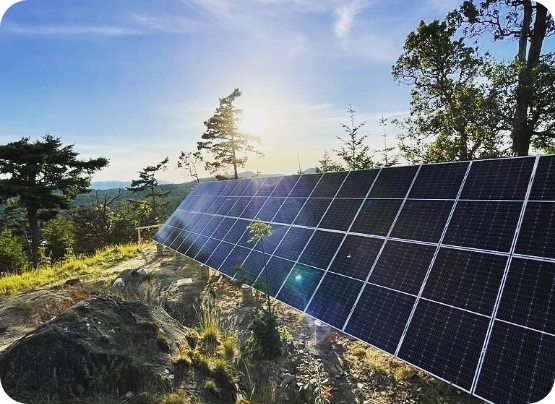Energy storage
The size of your energy storage system or battery bank is determined by your loads and days of autonomy. Storage is by far the most expensive component of an off-grid system and the reason your load and days of atonomy need to be carefully planned. We will help you determine the best battery type to meet your needs based on your energy use, budget and maintenance requirements. We supply a range of battery types from flooded lead-acid batteries to lithium-ion.
We design your solar array and/or other renewable energy generators (e.g. Wind or Micro-Hydro) to provide as much energy as possible into your energy storage to met your needs and budget. The size or capacity of this component is very location specific and depends heavily on site conditions like sun exposure.





